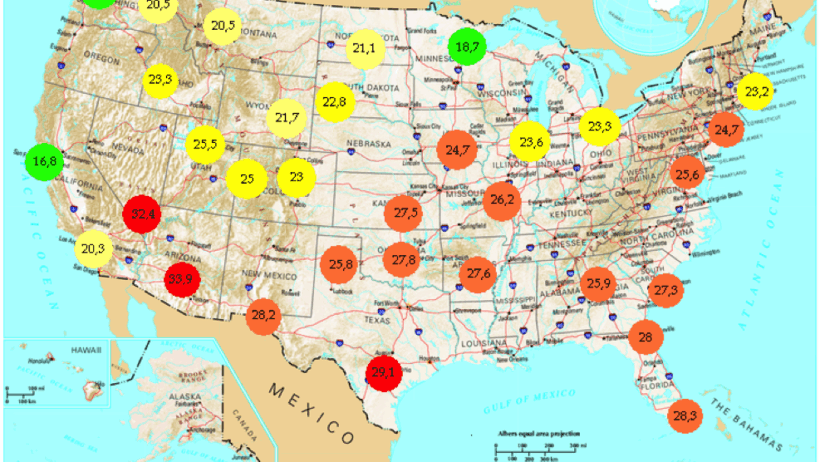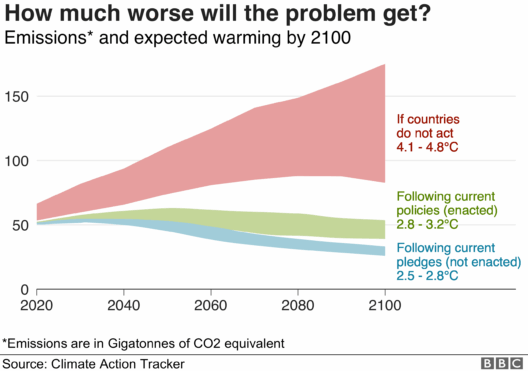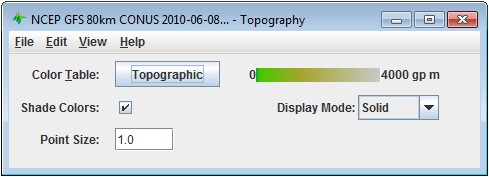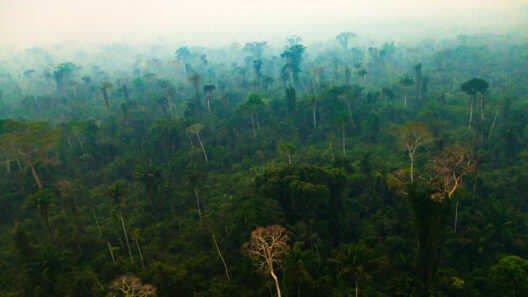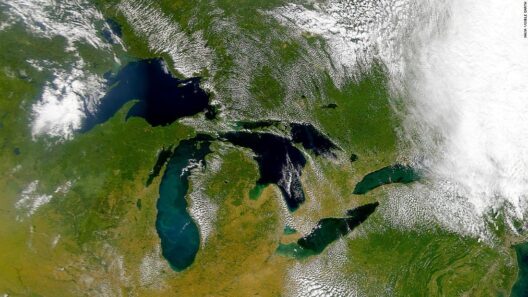When pondering the temperate climates of the United States, enthusiasts are often drawn to the enchanting landscapes that offer a respite from the extreme weather conditions found elsewhere. The concept of a temperate climate—characterized by moderate temperatures and seasonal variations—evokes a sense of comfort and contentment. It tempts nature lovers to explore regions where climate harmony reigns supreme. This guide will navigate through some of the most notable temperate climates across the U.S., examining their unique characteristics and the climatic phenomena that contribute to their allure.
To understand where the most temperate climates are located, it is essential to first define what constitutes a temperate climate. Typically, this climate type is marked by mild winters and warm summers, with precipitation distributed throughout the year. The U.S. offers several regions where these conditions prevail, embedded within diverse geographical and ecological frameworks.
One of the foremost contenders for a temperate climate is the coast of California, particularly the areas extending from San Luis Obispo to San Diego. This coastal expanse is under the influence of the Pacific Ocean, which mitigates temperature fluctuations. The Mediterranean climate here features mild, wet winters and dry summers filled with sunshine. Local agriculture thrives in this region, producing an array of fruits, vegetables, and wines renowned worldwide. Temperatures in the summer hover around the mid-70s to 80s °F (about 24 to 29 °C), while winter temperatures rarely dip below 40 °F (4 °C). The delicate balance of climate allows a plethora of outdoor activities year-round, making it a haven for weather aficionados.
Transitioning to the southeastern part of the United States, one cannot overlook the temperate climate of the Piedmont region between the Appalachian Mountains and the Atlantic Coastal Plain. This area exhibits a humid subtropical climate, characterized by hot summers and mild winters. Cities like Greensboro, North Carolina, often benefit from the region’s climate, showcasing lush vegetation and vibrant foliage during the fall. The Piedmont’s unique topography influences its climatic conditions, as elevations rise toward the mountains which act as a barrier to cold Arctic air masses. Because of moderate rainfall and fairly consistent seasonal temperatures, the region fosters a rich biodiversity, charming weather enthusiasts with its scenic beauty.
Venturing further north, the Pacific Northwest, particularly the area encompassing Seattle and Portland, reveals another facet of a temperate climate. Although often synonymous with rain, the coastal influence of the Pacific Ocean renders this region’s climate relatively mild compared to more inland locations. Influential factors include the Cascade mountains, which create a rain shadow that can lead to drier conditions in parts of Eastern Washington. Temperatures vary, but summers tend to be pleasantly warm, while winters, often gray but temperate, rarely plummet into extreme lows. The region’s temperate maritime climate promotes vibrant greenery, earning it the title of the “Evergreen State,” and its inhabitants take pride in the majestic beauty surrounding them.
Another noteworthy locale can be found in the Great Lakes region, particularly cities adjacent to Lake Michigan such as Chicago, Illinois. While Chicago is often regarded for its frigid winters, the presence of the lake significantly modulates temperature extremes. The humid continental climate of this area provides four distinct seasons with ample precipitation throughout the year. The moderating effects of the Great Lakes create a microclimate that offers moderate summers and less harsh winters compared to more inland areas. Observers delight in witnessing seasonal changes, from the lush greenery of summer to the breathtaking hues of autumn.
Yet, it is essential to recognize that temperate climates are not merely places of visual splendor; they serve as critical habitats for diverse ecosystems. Regions like the temperate rainforests of the Olympic Peninsula in Washington are a testament to this fact. These ecosystems flourish due to the encompassing climate conditions that foster growth of dense forests rich in biodiversity. Life thrives here, from towering Douglas firs to intricate ferns. The intricate balance of moisture and temperature exemplifies nature’s ability to adapt and flourish—a fascination that beckons conservationists and nature lovers alike.
Furthermore, the significance of temperate climates extends beyond leisure and aesthetics; they are pivotal in discussions surrounding climate change and sustainable living. As global temperatures rise and weather patterns shift, these temperate zones are frequently at the forefront of ecological research and conservation efforts. Understanding the dynamics of these climates enables scientists and activists to advocate for protective measures, ensuring the preservation of vital habitats and resources. Thus, the inquiry into the most temperate climate areas transcends mere enjoyment; it invites introspection into humanity’s relationship with nature and the stewardship required for sustainability.
In conclusion, the quest for the most temperate climate in the United States reveals a myriad of enchanting landscapes, each boasting unique characteristics that beckon weather lovers to explore. From the coastal allure of California to the verdant expanses of the Pacific Northwest and the intriguing ecosystems surrounding the Great Lakes, these regions share a common bond through their climatic attributes. As climate change increasingly threatens ecological stability, awareness and appreciation of these temperate climates become paramount. Together, these elements weave a complex tapestry that illuminates the majesty of nature, inviting society to not only indulge in its splendor but also to safeguard it for future generations.



